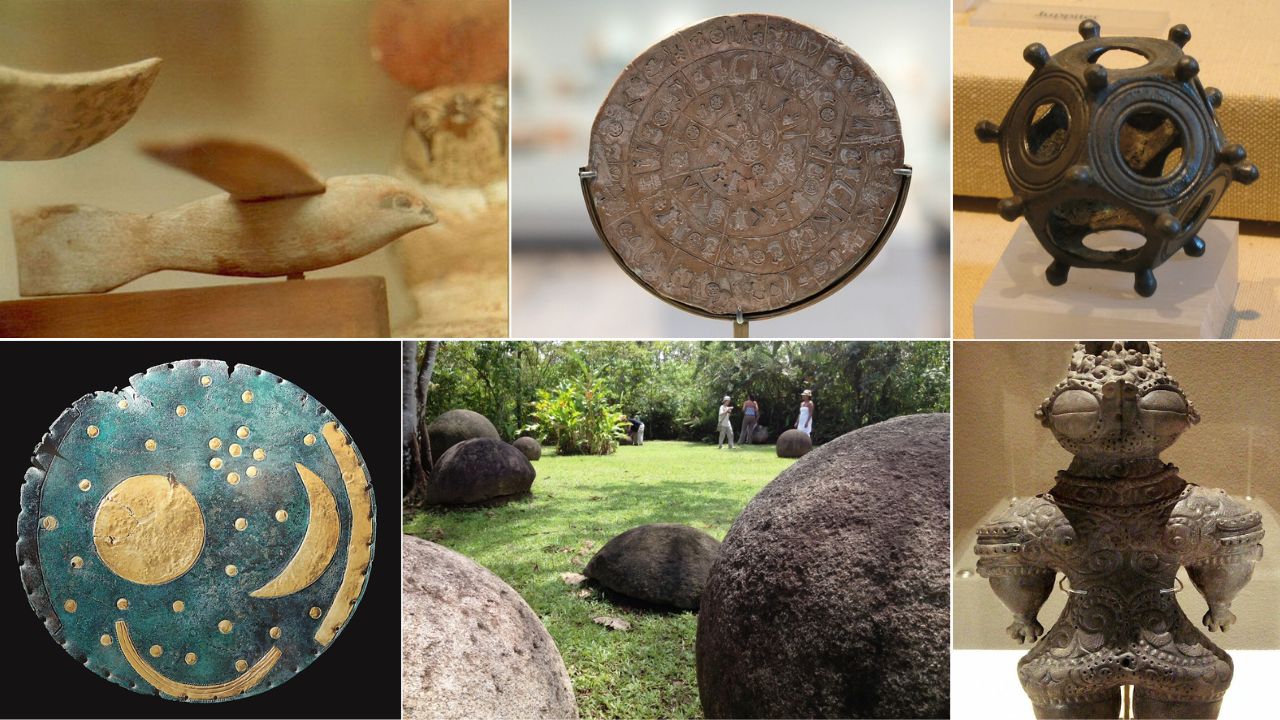Some artifacts are carefully made and clearly important, yet their real jobs remain uncertain. Scholars date them, test materials, and read any markings, but context is missing or the script is undeciphered. This gallery lists ten such objects with find spots, time periods, and leading ideas. You will see bronze gadgets with perfect gears, clay discs stamped with unknown signs, and wood carvings shaped like aircraft. The goal is not a wild theory. It is to show what evidence exists and why debate continues.
1. Roman Dodecahedra
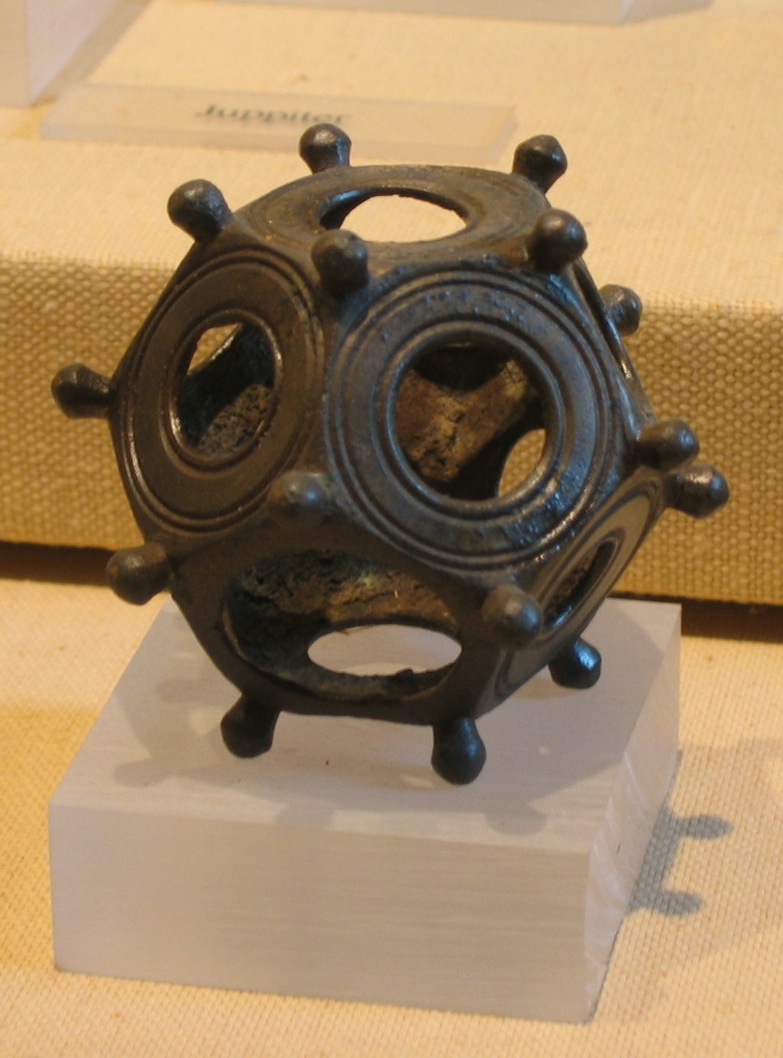
Bronze dodecahedra from the 2nd to 3rd centuries turn up across Roman Europe. Each has twelve pentagon faces with different-sized holes and small knobs at the corners. No Roman text mentions them, and none were found with instructions. Ideas include a candle holder, a knitting tool for gloves, a survey range finder, or a status object. Dirt found inside some suggests outdoor use, yet wear patterns vary. The mystery lasts because dozens survive in museums, all similar, none labeled.
2. Voynich Manuscript
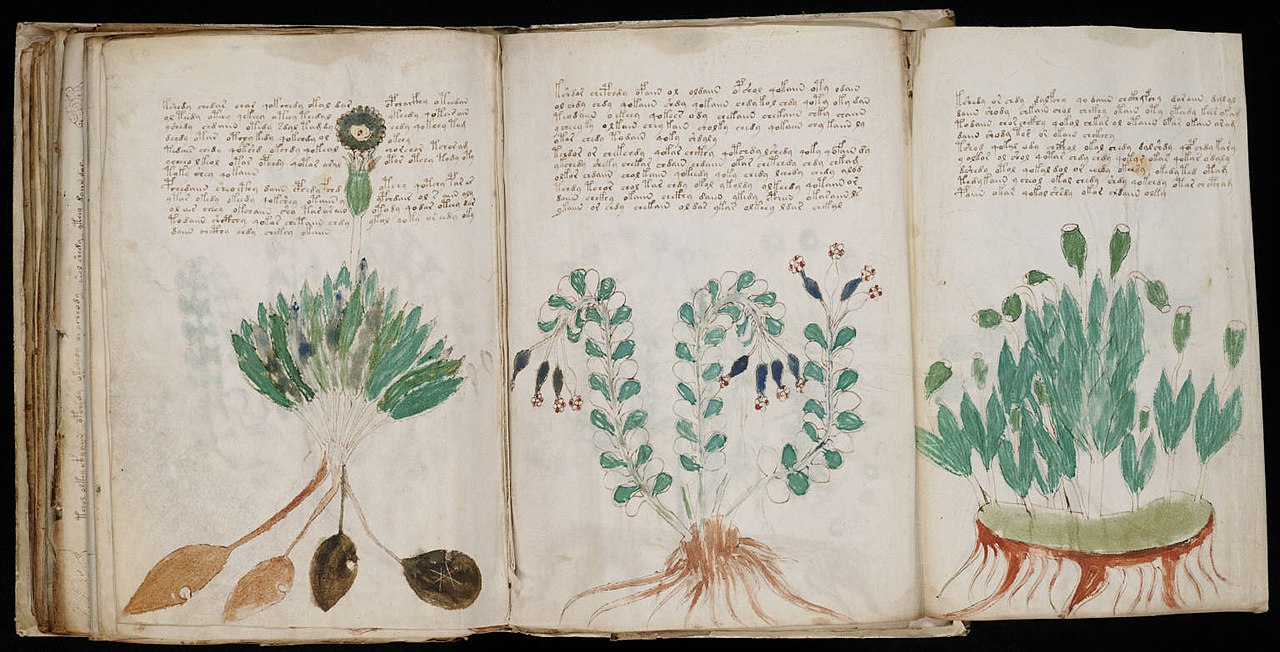
Radiocarbon tests date the vellum to the early 1400s. The pages show flowing script in an unknown alphabet with sections on plant drawings, star charts, and figures in green pools. Letter patterns mimic real language, yet no cipher has cracked the text. The ink and pigments fit the period, which argues against a modern hoax. A few plants look like composites, not species. With no author and no translation, scholars debate whether it is a coded medical book, a language experiment, or something else entirely.
3. Antikythera Mechanism
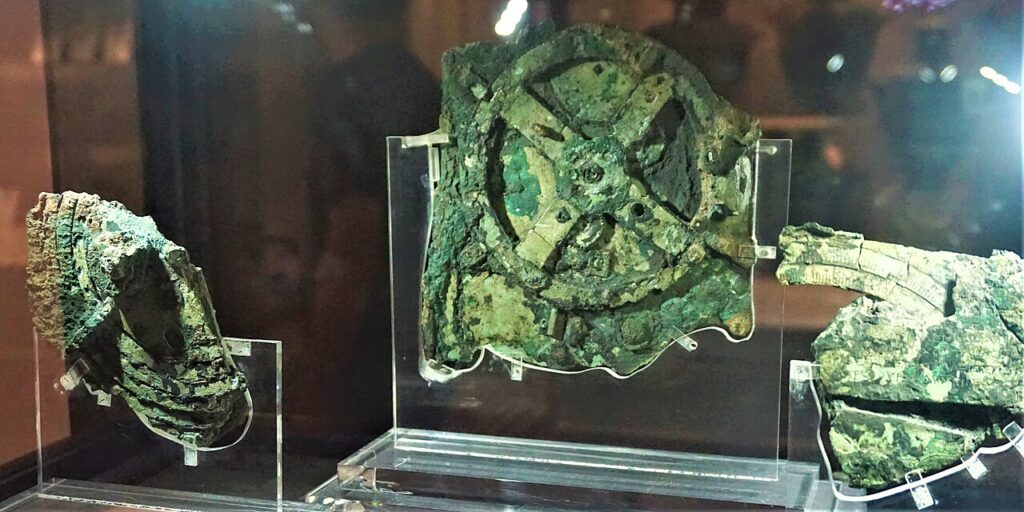
Recovered from a Greek shipwreck dated around the 1st century BCE, this corroded bronze device holds at least 30 precision gears. Inscriptions match eclipse cycles and Greek calendars, so it functioned as an astronomical calculator. What remains unclear is the full casing, how users operated the dials in practice, and who commissioned such a complex instrument. Was it a teaching aid, a showpiece, or a navigator’s reference for predicting eclipses and games calendars. The mechanism proves advanced gearwork existed, but its owner and routine use are unknown.
4. Phaistos Disc
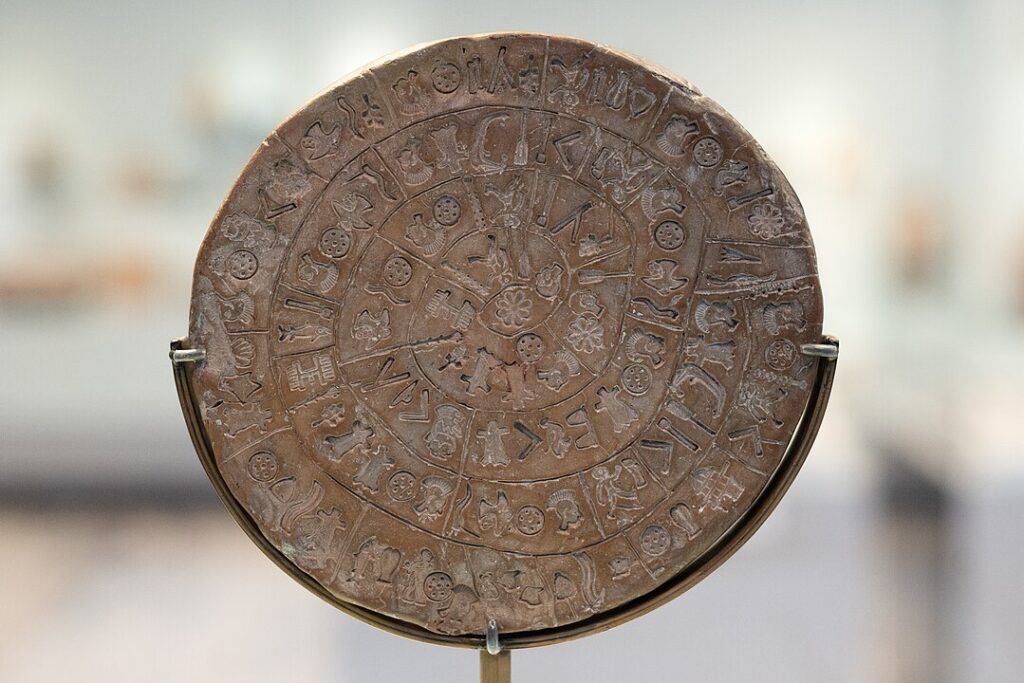
Found on Crete in 1908, this fired clay disc bears 241 stamped symbols arranged in a spiral. The script does not match Linear A or B, and no second example has appeared. Most scholars date it to the second millennium BCE and treat it as authentic, though a few question context. Hypotheses range from a hymn to a game board to a traveler’s pass. Without a bilingual text or repeated finds, the signs stay mute. The disc remains a rare case of a single object script.
5. Rongorongo Tablets
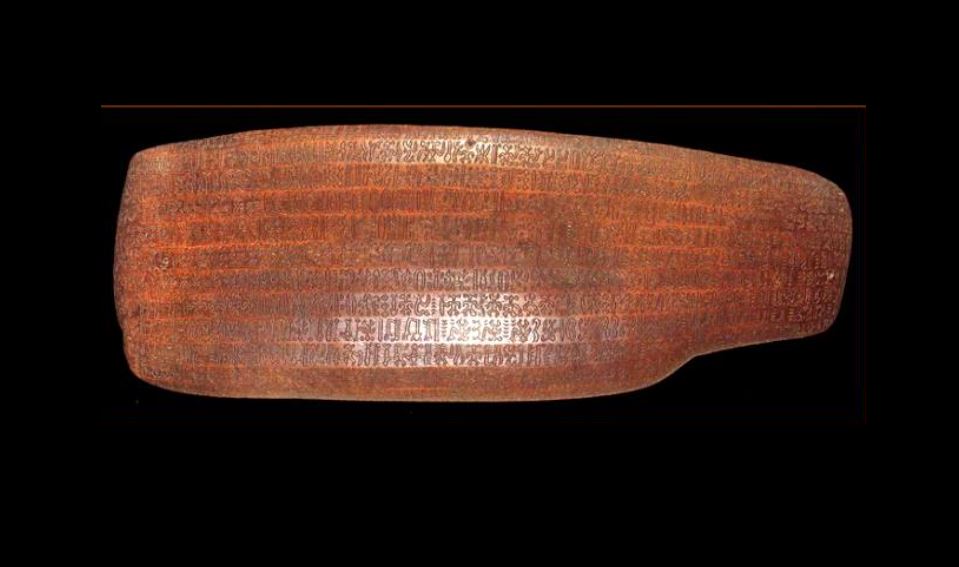
Nineteenth century collectors gathered wooden tablets from Rapa Nui carved with neat rows of glyphs. Reading order appears to be reverse boustrophedon, yet the system has not been deciphered. Many originals were lost to fire or decay, leaving too few texts to build a firm key. The script could represent a full writing system or a mnemonic aid for chants. With no long bilingual and little surviving oral memory, experts cannot test values. The boards prove skilled carving and careful copying, not what the lines say.
6. Baghdad Battery
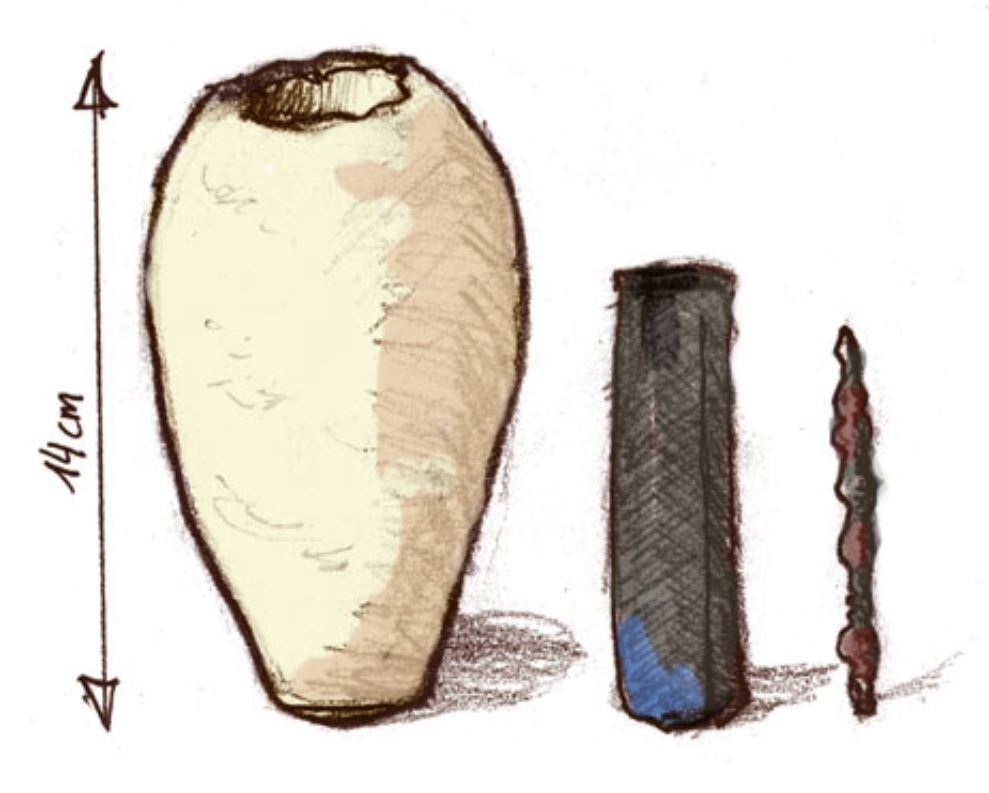
A small clay jar, copper cylinder, and iron rod were found near Baghdad and dated to the Parthian or Sasanian era. When filled with an acidic liquid in tests, replicas produce a weak current. That led to the idea of ancient electroplating or medical shocks. Critics note the absence of wires, switches, or electrodes at the site, and suggest the set might be a storage vessel or scroll holder. With only a few examples and no workshop context, function is still argued.
7. Stone Spheres of Costa Rica
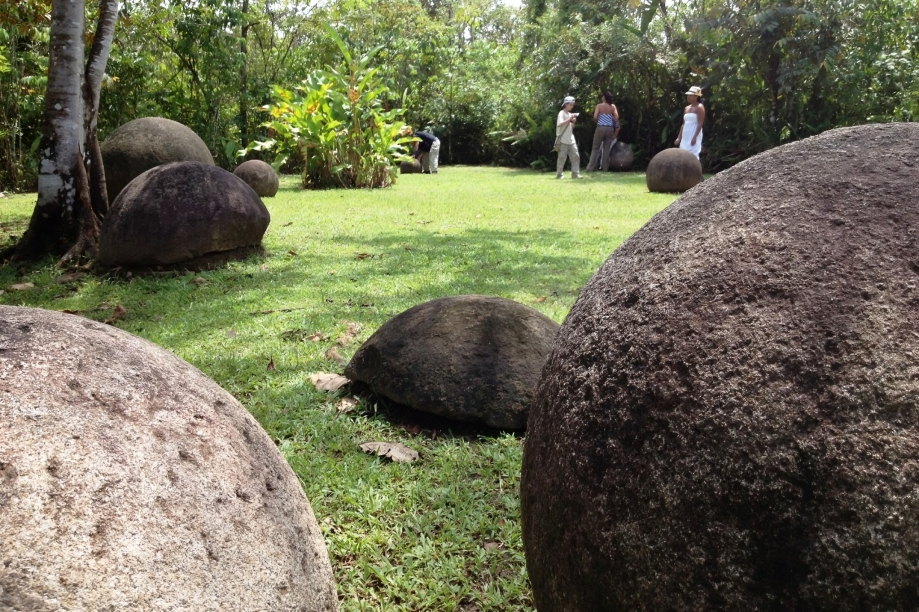
Hundreds of carved gabbro and other stone spheres from the Diquís Delta range from palm-sized to more than two meters across. Most date between 500 and 1500 CE and were found in lines or groups near settlements. Some were moved by settlers in the 20th century, breaking original patterns. Theories include markers of rank, boundary stones, or alignments tied to social events. Their shaping is precise, but there are no known texts about them. The spheres are UNESCO-listed, yet their exact role remains unclear.
8. Nebra Sky Disc
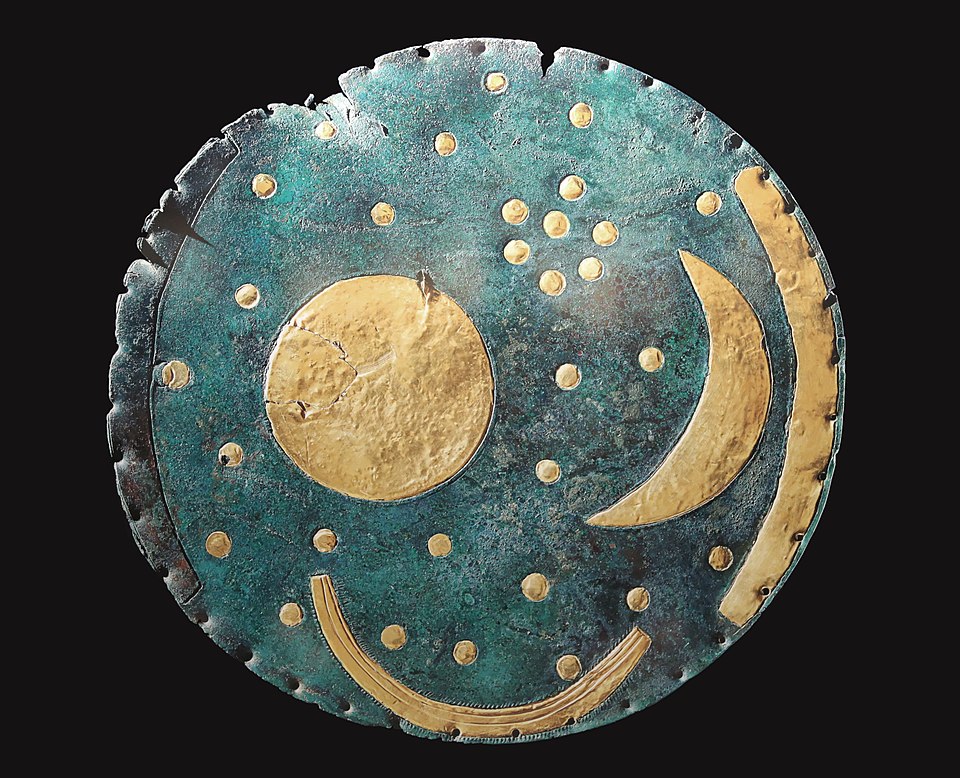
Unearthed in Germany in 1999, this bronze disc with gold inlays shows a sun or full moon, a crescent, and a tight cluster seen as the Pleiades. Two curved gold arcs later added may mark solstice angles on a nearby hill. Dated to around 1600 BCE, it is likely an astronomical aid or ritual object. Tests confirm ancient materials, but how it was used night to night is debated. Was it a horizon teaching tool or a ceremony piece held by a specialist.
9. Dogu Figurines
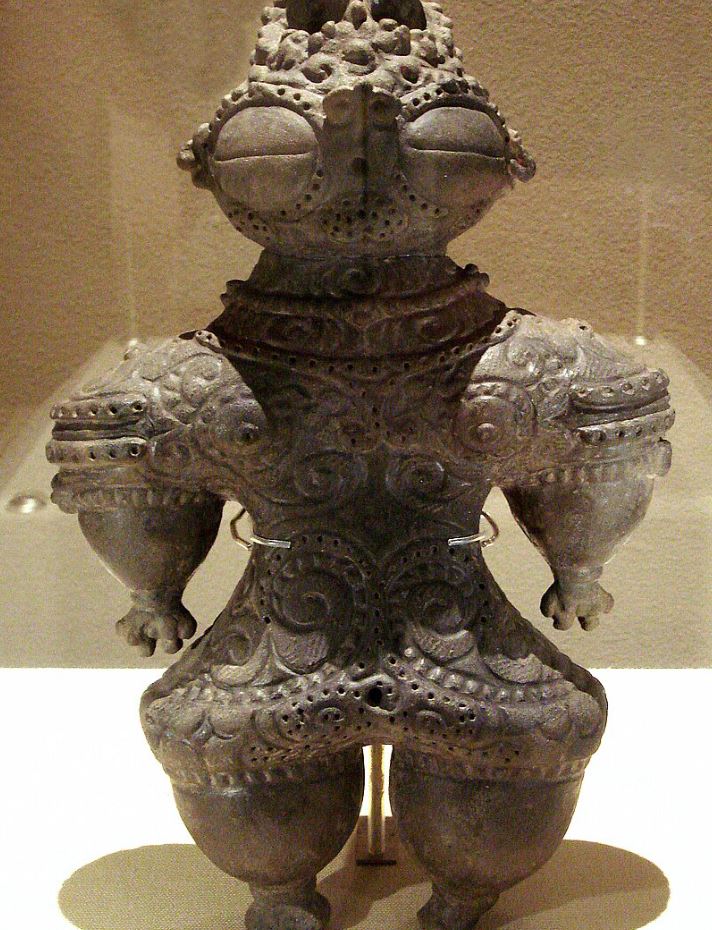
Japan’s Jomon culture made clay figures with large goggle eyes and patterned bodies between roughly 1000 and 400 BCE. Many were found broken in ways that look intentional. Ideas include healing effigies, fertility symbols, or figures used in burial or seasonal rites. The culture left no explanatory texts, and regional styles vary widely. Careful digs show some were placed in pits with other offerings. The shapes clearly mattered to their makers, but the scenes and gestures do not match later written traditions.
10. Saqqara Bird
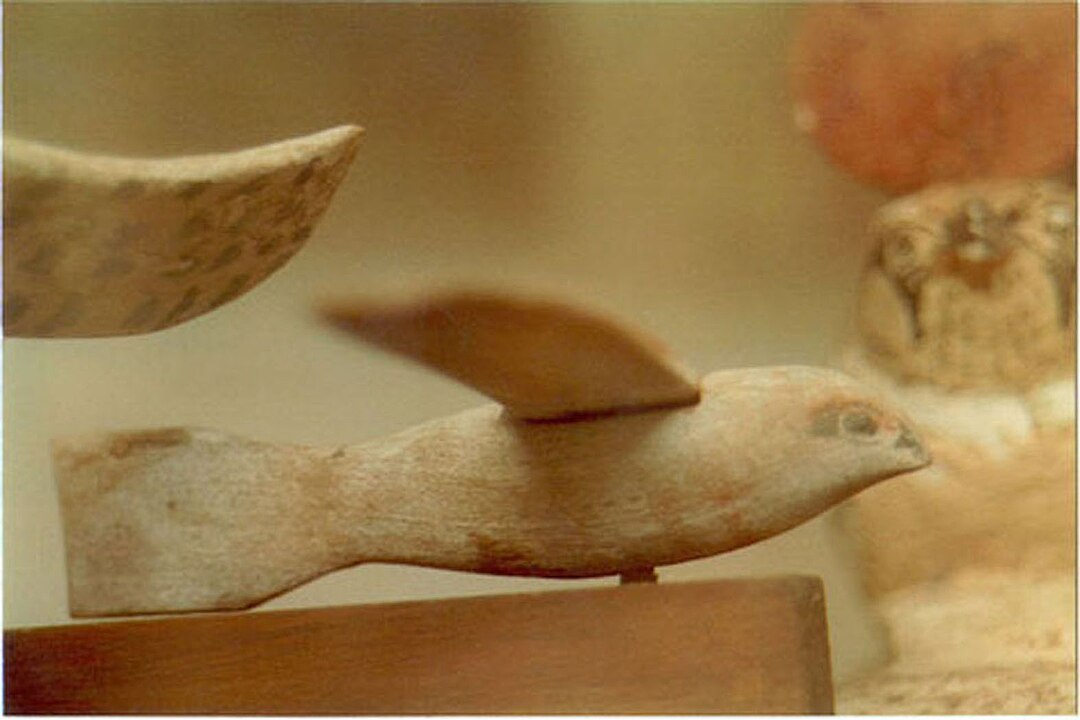
This small sycamore wood figure from an Egyptian tomb dates to around the 3rd century BCE. It has a straight body, tail like a rudder, and swept wings, which sparked claims of glider tests. Others say it was a child’s toy or a ritual object placed with the dead. There is no nose weight or obvious launch gear, and the tomb paintings nearby do not show flight. The carving proves artisans studied birds closely. What task the figure served remains an open question.
